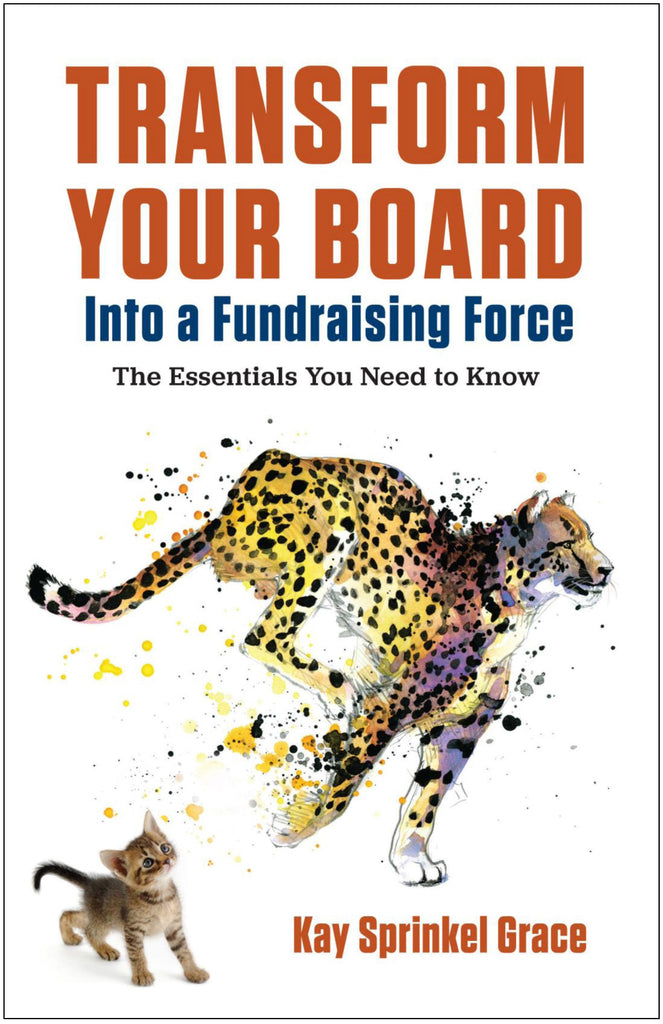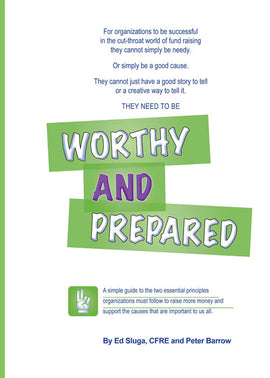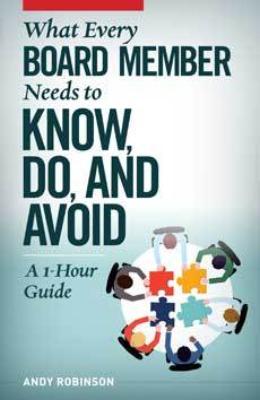Transform Your Board Into a Fundraising Force
Transform Your Board Into a Fundraising Force: The Essentials You Need to Know

The most frustrating problem for many organizations is a board that won't participate in fundraising, except perhaps to sell a raffle ticket or brick. I'll do anything but ask for money, they insist. But if your organization is to thrive, that has to change. Kay Sprinkel Grace, one of America's premier board consultants, has heard every fundraising excuse.
Still, she is convinced you can transform your board into a fundraising force if, among other things, you inspire them with your mission, communicate the full scope of fundraising, and, perhaps most importantly, strive to uncover ways board members are willing to assist. For instance, will they master the basic elevator speech and share it widely? Will they bring people to events? Will they share their list of friends and acquaintances? Will they accompany the CEO on a foundation visit? Will they participate in thank-you calling or gratitude committees to connect with donors?
In other words, to increase your board's fundraising prowess, says Grace, you have to ensure your organization is accommodating to individual styles. When it is, board members will engage more fully and their confidence and their PQ - Passion Quotient - will begin to blossom.
Transform Your Board Into a Fundraising Force: The Essentials You Need to Know

The most frustrating problem for many organizations is a board that won't participate in fundraising, except perhaps to sell a raffle ticket or brick. I'll do anything but ask for money, they insist. But if your organization is to thrive, that has to change. Kay Sprinkel Grace, one of America's premier board consultants, has heard every fundraising excuse.
Still, she is convinced you can transform your board into a fundraising force if, among other things, you inspire them with your mission, communicate the full scope of fundraising, and, perhaps most importantly, strive to uncover ways board members are willing to assist. For instance, will they master the basic elevator speech and share it widely? Will they bring people to events? Will they share their list of friends and acquaintances? Will they accompany the CEO on a foundation visit? Will they participate in thank-you calling or gratitude committees to connect with donors?
In other words, to increase your board's fundraising prowess, says Grace, you have to ensure your organization is accommodating to individual styles. When it is, board members will engage more fully and their confidence and their PQ - Passion Quotient - will begin to blossom.








